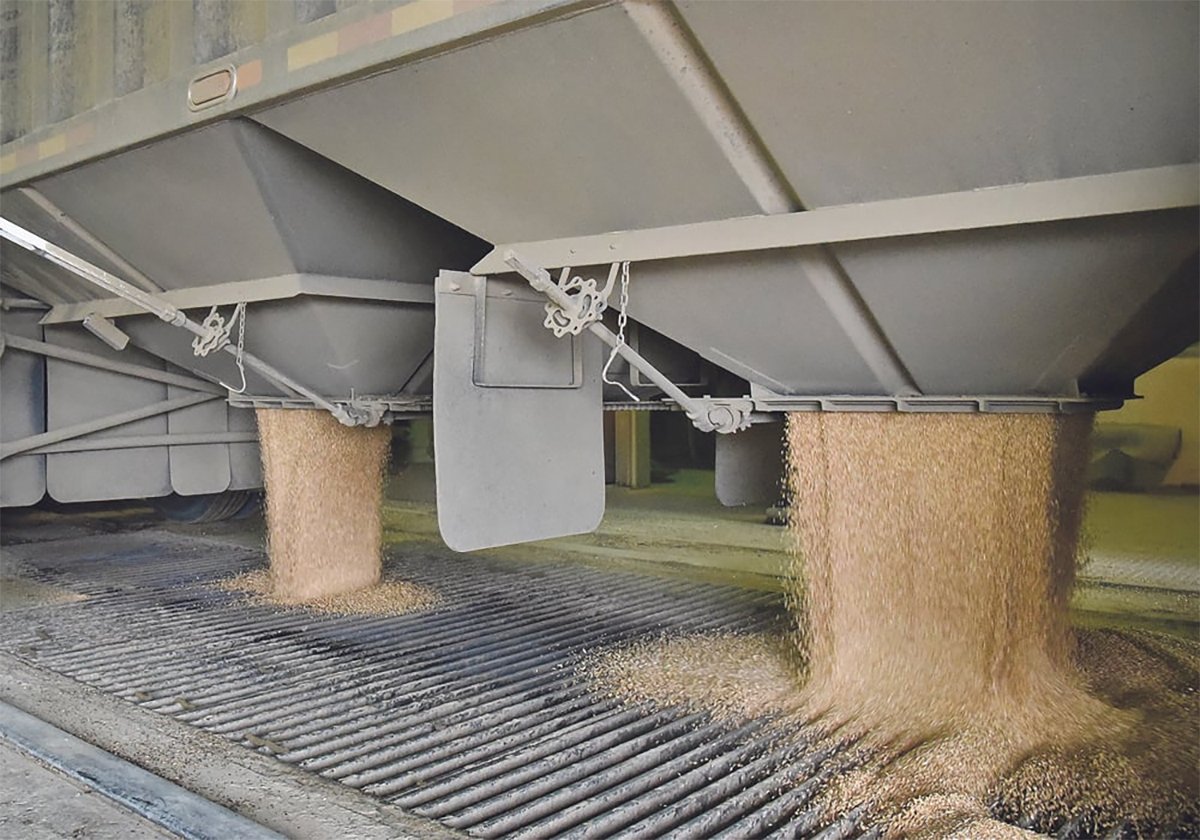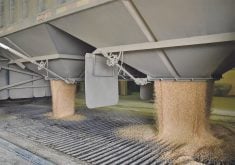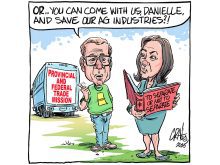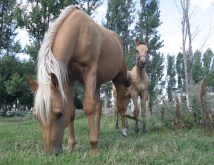SINCE the Western Producer first landed in farmer mail boxes 80 years ago, it has recorded the dreams and accomplishments, pratfalls and failures, lies and truths of 17 federal ministers of agriculture, most of them western.
Well, maybe the real tally is 16, since it is unclear if Conservative minister Simon Tolmie was in office long enough to make the news in 1926, when he served for 10 weeks.
These are the men who have been largely responsible for creating the country’s agriculture policy system, the support programs, and marketing boards that serve, and sometimes bedevil, farmers today.
Read Also

Worrisome drop in grain prices
Prices had been softening for most of the previous month, but heading into the Labour Day long weekend, the price drops were startling.
They were all politicians in the business of courting public opinion and that leaves them vulnerable to being judged by history.
Who was the greatest federal agriculture minister of the past 80 years?
Thomas Axworthy, a promoter of Canadian history and former principal secretary to prime minister Pierre Trudeau, tackled that issue earlier this year when he compiled his dream cabinet through Canadian history. His surprising choice for agriculture minister comes later. Who are some of the contenders and why?
Robert Weir (1930-35), Conservative minister in R.B. Bennett’s Depression-era government, created Prairie Farm Rehabilitation Administration legislation and oversaw announcement of plans to create the Canadian Wheat Board.
Jimmy Gardiner (1935-57) oversaw farm policy through the post-Depression years, the Second World War and the post-war industrialization era. He was a powerful minister in what is often considered the most talented Canadian cabinet and set a record for cabinet longevity.
Doug Harkness (1957-60), John Diefenbaker’s first agriculture minister, implemented the prime minister’s activist agenda for the sector, establishing the prairie advance payments program, the agriculture stabilization program, the 1959 crop insurance legislation and Farm Credit Corporation in 1959.
Bud Olson (1968-72) pushed through Parliament the legislation that allows creation of national supply management marketing boards. The poultry and eggs industries that benefited are among the most economically stable in Canadian agriculture.
Eugene Whelan (1972-79, 1980-84) oversaw the creation of those agencies and championed supply management. He expanded funding for agriculture research.
As agriculture minister (1988-91) and finance minister, Don Mazankowski was instrumental in overseeing some of the most generous federal aid packages to farmers. He also insisted provinces begin to pay more of the bill for farm aid.
And if the agriculture policy framework is only half as good as current minister Lyle Vanclief (1997 – ) says and not half as bad as farm leaders fear, who knows how history will judge him?
But none of those worthies made Axworthy’s dream cabinet.
He chose Alvin Hamilton (1960-63), Diefenbaker’s second agriculture minister, apparently because he “engineered the spectacular sale of wheat to China that briefly brought prosperity to Canada’s farmers.”
The first sales started under Harkness but the large and politically controversial sale’s agreement with the communist Cold War opponent came under Hamilton’s watch.
It was an odd choice, if lasting farmer prosperity is the criterion. Olson’s marketing legislation and the 1966 Dairy Commission Act championed by Harry Hays (1963-65) have stabilized income for more farmers than temporary volatile foreign trade deals.
Fame and star quality are in the eye of the beholder.














